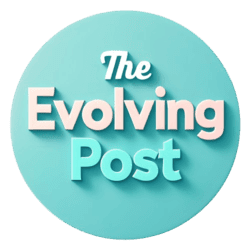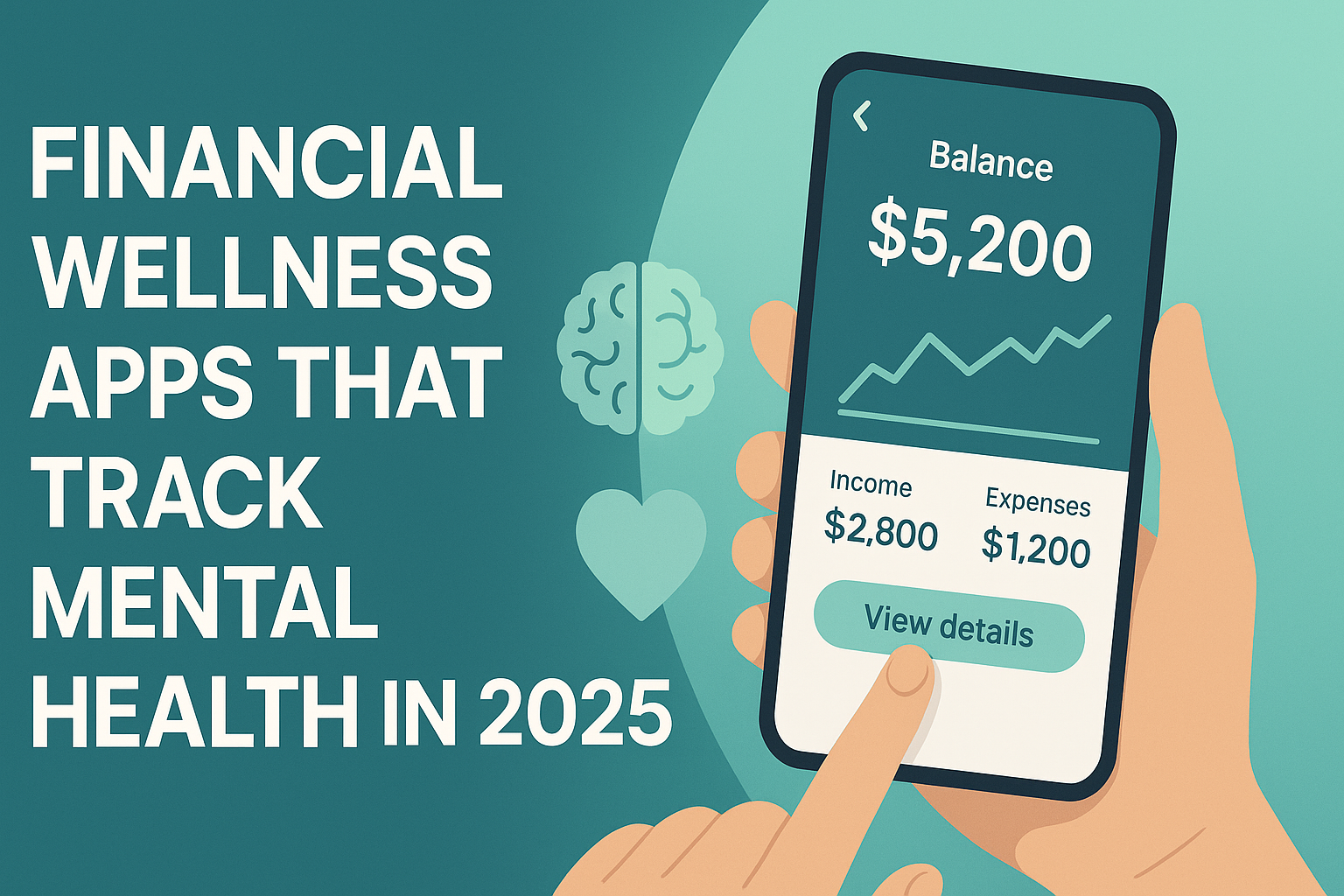Markets are climbing, but Main Street isn’t feeling it — and that disconnect may reshape how you manage your finances in 2025.
The stock market is booming. Indices like the S&P 500 and Nasdaq are reaching record highs, corporate earnings are strong, and financial headlines scream “bull market.” And yet — according to a recent CBS News poll, nearly 60% of Americans still believe the economy is in bad shape.
This isn’t just a misalignment in sentiment — it’s a fundamental disconnect between Wall Street and real life.
If you’re confused by this divergence, you’re not alone. And if you’re trying to make financial decisions — about buying a home, adjusting your portfolio, or just stretching your grocery budget — understanding this gap is more important than ever.
Let’s unpack why the stock market doesn’t always reflect economic reality, and what that means for your money.
Background & Context: The Great Disconnect
At its core, the stock market is a reflection of investor sentiment, future earnings expectations, and capital flows — not necessarily the financial well-being of everyday Americans.
Here’s how the disconnect happens:
Stock prices rise based on corporate profitability, not wage growth or job security
Federal Reserve policy (especially low interest rates and quantitative easing) can drive up asset prices, even during economic slowdowns
A small number of tech-heavy companies can dominate index performance, masking broader sector weaknesses
For example, even during periods of high unemployment or rising inflation, companies like Apple, Microsoft, and Nvidia can continue to post record earnings — buoying the entire market. That’s great for investors, but it doesn’t help someone struggling with rent or searching for stable work.
As a result, the market may look healthy — but for many households, the economy still feels fragile.
Deep-Dive Analysis
Impact on Homeowners and Mortgage Seekers
Rising stock prices can boost consumer confidence, but they don’t always translate to better housing conditions.
In fact, one of the main concerns in 2025 is rising mortgage rates, driven in part by inflation concerns and shifting Federal Reserve policy. As the Fed remains cautious about overheated markets, it may delay rate cuts — or even raise rates — to keep inflation in check.
That affects mortgage seekers in two key ways:
Higher monthly payments on new loans or refinanced mortgages
Tighter lending standards if economic uncertainty rises, despite high market valuations
If you’re a homeowner with a fixed-rate loan, you’re likely in a good spot. But if you’re looking to buy or refinance, timing matters — and staying ahead of rate announcements could mean the difference of thousands of dollars over the life of your loan.
Impact on Investors & Savers
For investors, this market is a mixed bag.
Yes, equities are up. But valuations in some sectors — especially tech — are looking stretched. The S&P 500’s current price-to-earnings ratio is above its 10-year average, suggesting overvaluation risks if earnings begin to slow.
If you’re investing in this market, consider:
Rebalancing your portfolio to include value stocks or dividend-paying sectors like utilities or consumer staples
Exploring international equities, where valuations may be more attractive
Allocating a portion to inflation-protected assets, like Treasury Inflation-Protected Securities (TIPS)
Savers, meanwhile, are still facing interest rate challenges. While some high-yield savings accounts now offer 4–5% APY, real returns may still be negative when inflation is factored in.
The takeaway? This is not a “set it and forget it” moment. Whether you’re investing or saving, strategic adjustments are critical.

Impact on Consumers & the Job Market
Here’s where the disconnect becomes most visible: consumer sentiment.
While markets soar, many Americans are still feeling the weight of:
Grocery and utility prices that haven’t normalized
Insurance premiums that continue to rise
Uncertainty in the job market, especially in small business and retail sectors
Wages have improved in some industries, but real purchasing power hasn’t fully recovered. That’s why a large portion of the population still feels pessimistic, despite GDP growth and market gains.
And let’s not forget the regional disparities. In some cities, the labor market is thriving. In others — especially rural or post-industrial communities — jobs are still scarce, and wage growth is limited.
This economic unevenness helps explain why Americans don’t feel richer, even as their retirement accounts grow.
Actionable Takeaways & Key Insights
Don’t assume the market reflects your reality. Markets are forward-looking and driven by a small slice of economic activity. Use broader data — like inflation, job numbers, and consumer sentiment — to assess your personal finances.
Reassess your homebuying or refinancing plan. With interest rates fluctuating, talk to a lender and watch for favorable windows to act.
Rebalance your investment portfolio. Consider sector rotation, global diversification, and inflation hedges. Overexposure to overheated markets increases risk.
Budget for persistent price pressures. While inflation has cooled, certain costs (like insurance and services) remain sticky. Build buffers into your monthly planning.
Watch for policy pivots. The Fed, labor regulators, and even tax policy shifts could affect your investments, housing costs, and business income. Stay tuned to economic signals.
Conclusion & Call to Action
The stock market may be booming, but your household budget tells a different story — and that’s not your imagination.
The economy in 2025 is marked by contradictions: strong corporate earnings, rising markets, but lingering price fatigue, labor imbalances, and housing friction. Understanding this dissonance isn’t just about commentary — it’s about control. Because when you see the full picture, you can make better decisions.
Whether it’s adjusting your portfolio, revisiting your mortgage plans, or simply staying alert to policy moves, your financial resilience depends on seeing beyond the headlines.
Stay tuned to The Evolving Post for more smart, actionable updates that impact your money and your future — because understanding the system is the first step to changing your financial story.
While this analysis is based on thorough research, it is for informational and educational purposes only and should not be considered financial advice.








